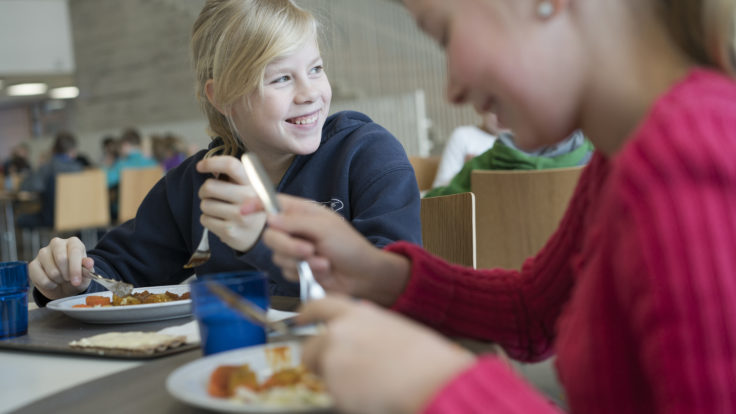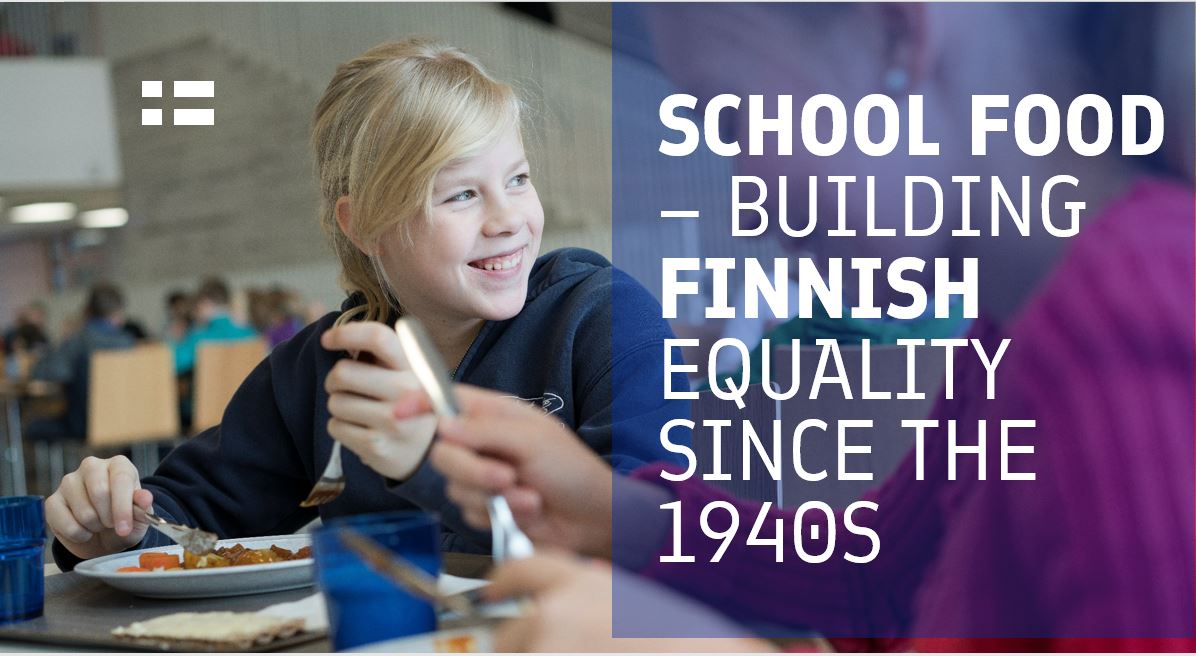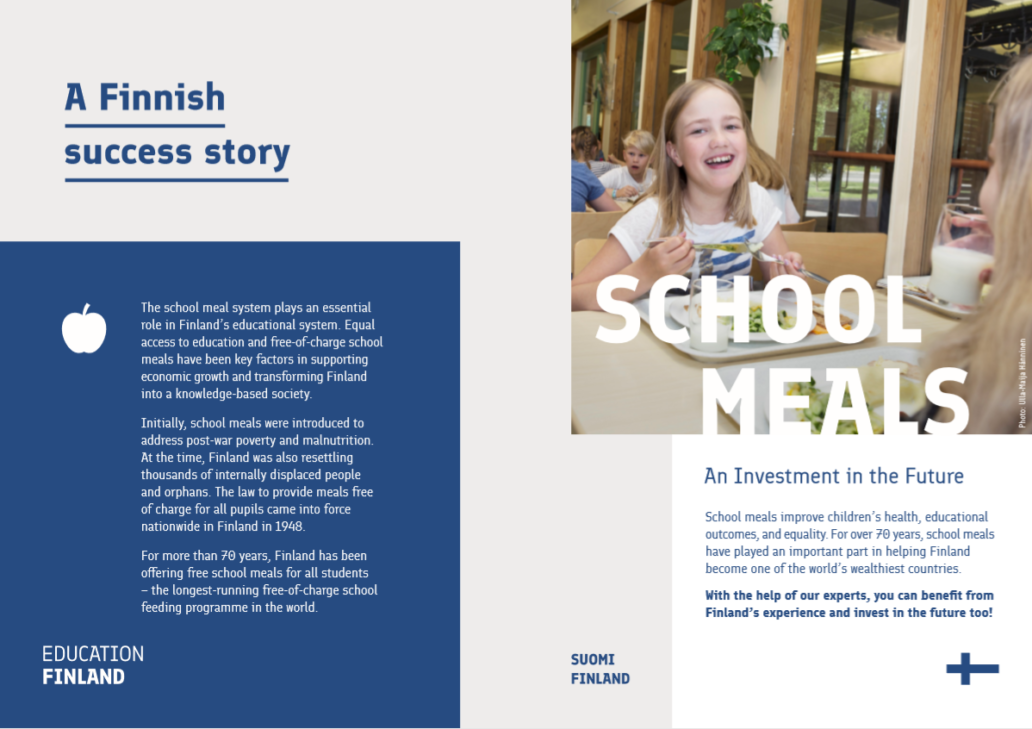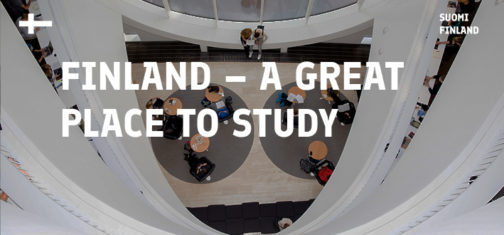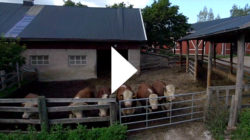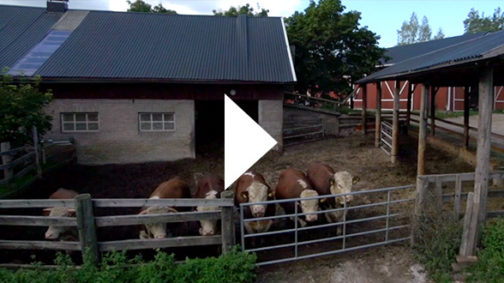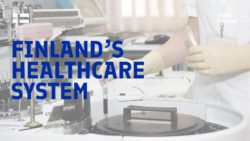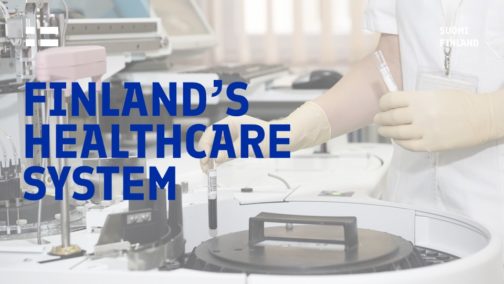Finland invests in human capital and equal opportunities for all children by providing access to free education and free school meals. This has been one of the key factors in strengthening economic growth and transforming Finland into a knowledge-based society.
In Finland, all pupils from pre-primary to upper secondary schools get a free-of-charge, nutritious meal each day. The free-of-charge school feeding system is a Finnish social innovation. It plays an essential role in the educational system of the country and supports equal opportunities and education for all.
The benefits of school-time feeding and its links to education and learning are widely acknowledged. School meals support children’s learning outcomes, nutrition, and health.
HISTORY OF SCHOOL MEALS
Ever since its beginning in the 19th century, Finnish national educational system has been based on the principal of equality. Education has always been considered as the key to the nation’s success and free-of-charge meals are an integral part of it.
In 1921, general compulsory education was prescribed by law. Although school feeding was seen as beneficial, originally school feeding subsidies were given only to the most economically disadvantaged children. However, hungry children were not able to focus on learning, and school feeding was considered an important step towards educational equality.
In 1943, a law providing free-of-charge meals for all pupils came into force, and went nationwide five years later. Since then, the school feeding system has become an important part of Finland’s education success story. For more than 70 years, Finland has been offering free meals for all – the longest-running free-of-charge school meals in the world.
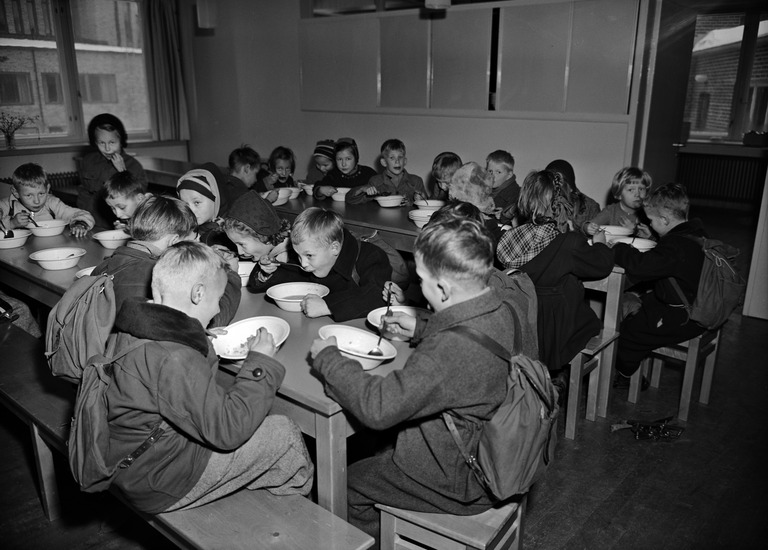
A PART OF EDUCATION
Since 2004, school meals have been part of the national school core curriculum giving the system an educational status. As well as providing the pupils with a nutritious meal every school day, the school meals also teach them food-related knowledge and skills.
School meals teach children about healthy diets and food cultures. They also offer an opportunity to educate children on food’s environmental impact. At the same time, they provide an opportunity to source and promote local products as well as local food culture.
Local curricula and annual school plans define the principles of arranging mealtimes and objectives for school feeding. The objectives also include school feeding related education concerning health, nutrition, and table manners. The meal should cover 30% of pupils’ daily need of energy.
In the new national core curriculum of 2014, school feeding is described in detail. The emphasis is on its health-related, educational, social, and cultural significance.
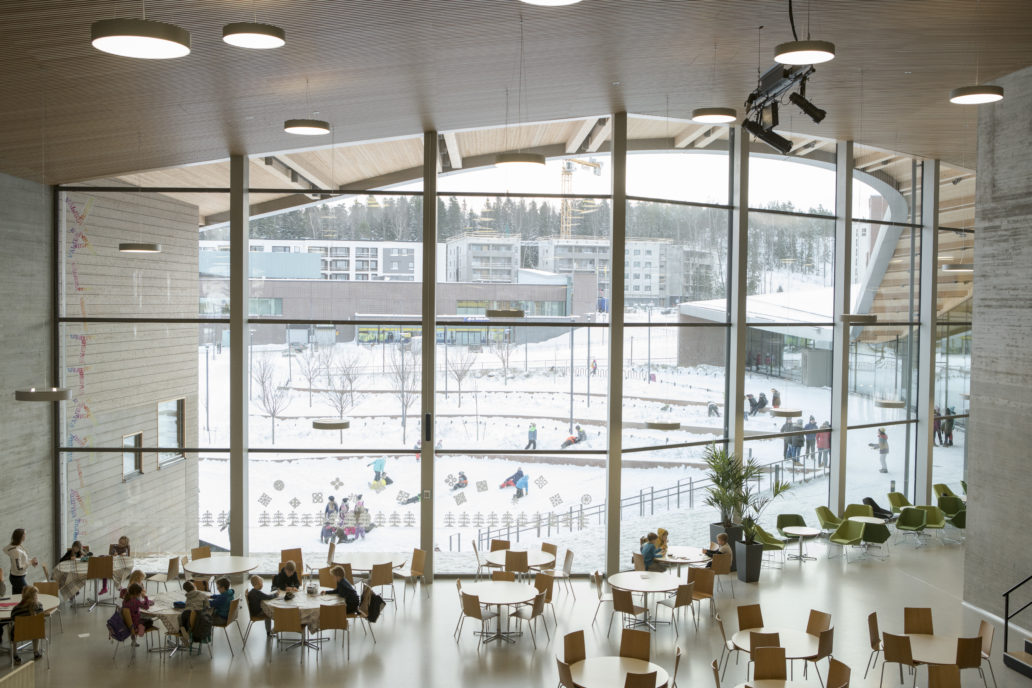
A SCHEME BASED ON COOPERATION AND TRUST
The school meal scheme is based on cooperation and trust. Ministries and agencies provide funding, and municipalities take care of procurement and serving. Pupils are also encouraged to take part in the planning and evaluation of school meals.
As budgets for education are determined locally, financial allocation to school feeding is subject to local political decision-making by municipal councils. In 2017, the national average cost of a single school meal in basic education was EUR 2.80. This cost includes food personnel costs, equipment, and transport.
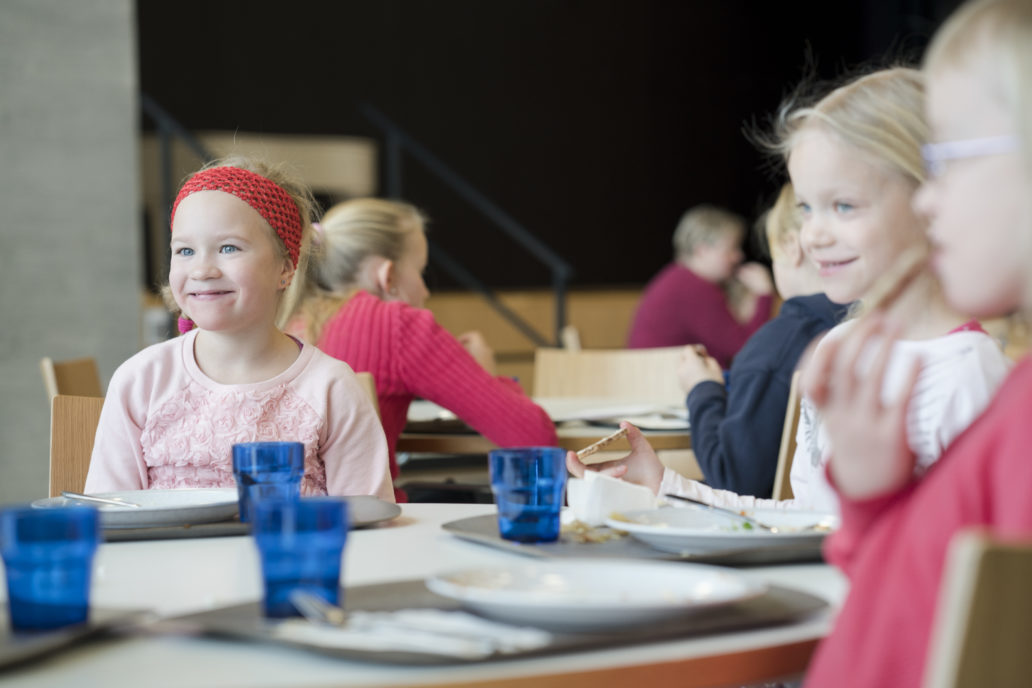
INVESTING IN EQUALITY AND THE FUTURE
School meals also support equality of parents, as they make it easier for parents to work outside home. This supports gender equality, female workforce participation, and thus economic growth.
The comprehensive, free-of-charge school feeding system plays an essential role in the educational system of Finland. Offering free meals for all is an investment in equality and the future. The meals work to build equality between children from different backgrounds, strengthening equal opportunity.
USEFUL LINKS
- Eating and Learning Together – recommendations for school meals (publication by National Nutrition Council, Finnish National Agency for Education and National Institute for Health and Welfare)
- Student meals benefiting health and communities (publication by the Finnish National Agency for Education)
- Nordic Nutrition Recommendations
- School feeding (World Food Programme)
- School food and nutrition (United Nations Food and Agriculture Organisation)
- United Nations System Standing Committee on Nutrition
